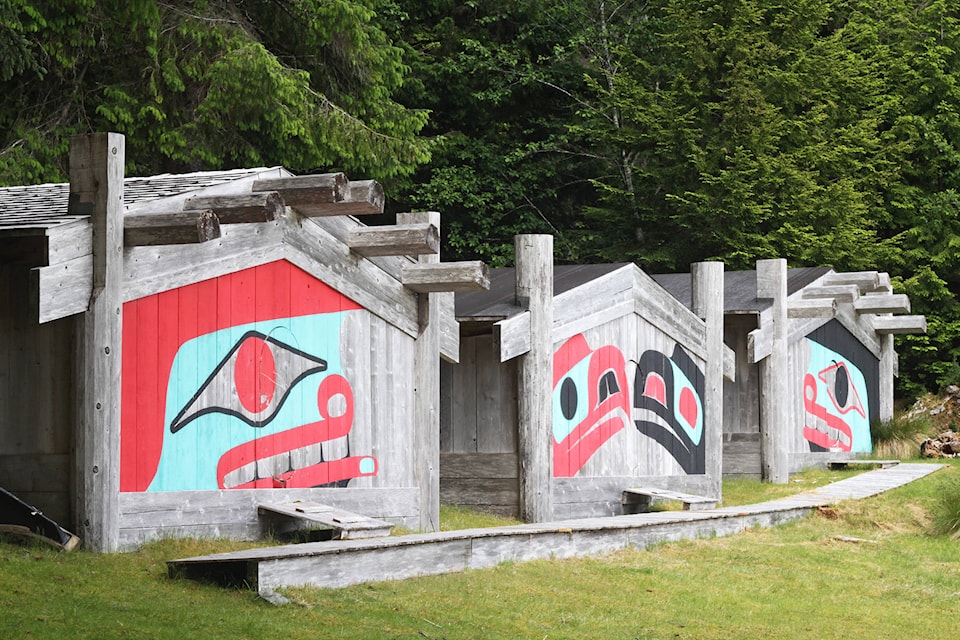Clean, quiet power will soon brighten three youth camps on Haida Gwaii.
In a project led by the Swiilawiid Sustainability Society, a local non-profit, silent solar panels and batteries will soon replace the occasional use of diesel generators at Swan Bay Rediscovery in Gwaii Haanas, Mount Moresby Adventure Camp by Mosquito Lake, and ReDiscovery Haida Gwaii at Taalung Slung (Lepas Bay).
“Being off-grid, this will be a great opportunity to teach our youth about energy,” said Rosemary Hart, member of the ReDiscovery Haida Gwaii steering committee, according to a press release.
“We’re so used to walking into a room, flicking on a switch and having light,” she said. “We’re totally unaware of where our electricity comes from.”
Along with a $92,350 grant from the Gwaii Trust Society, the project received more than $30,000 from Bullfrog Power, a Canadian renewable energy firm based in Toronto. Swiilawiid will use the funds to source the work and equipment.
David Borins, who manages Bullfrog’s community renewable projects program, said the company has so far supported 115 projects across Canada, including 23 in First Nations communities.
Bullfrog recently funded rooftop solar panels on the largest daycare in Inuvik, six wind turbines for an Ontario co-op, and a community solar garden in Nelson that involves “virtual net-metering,” where members reduce their home hydro bills even though the community solar panels don’t power their homes directly.
“What we’ve found is that a lot of money can be found for really large projects, but it’s hard to get funding for a smaller scale,” Borins said.
“If your budget is $10 million, you can probably get a loan, but if it’s $100,000, it can be hard to get there.”
Borins said one trend making it easier for Bullfrog to support such projects easier is the declining cost of solar panels.
According to a recent report by Bloomberg New Energy Finance, the price of solar power is already a quarter of what it was in 2009, and new solar plants can already compete with coal in the U.S. and Germany, with China and India expected to follow by 2021.
“And the panels are getting more efficient, particularly in low-sun situations,” said Borins, which may help at the well-forested youth camps on Haida Gwaii.
Borins said Swiilawiid and Bullfrog hope to finish the installations this summer, but Bullfrog will stay committed no longer how long it takes.
“We’re thrilled to be working with the Swiilawiid Sustainability Society,” he said.
“They’re doing great work.”
